The 100 Best Historical Photos of the American Indian
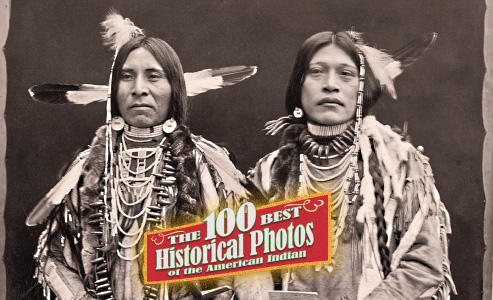 Alfred
AlfredJacob Miller, George Catlin, John Mix Stanley and Karl Bodmer’s
romantic illustrations of America’s frontier Indians were matchless
eyewitness portrayals until the advent of the camera.
Thomas Easterly is credited as the first to photograph American
Indians in the United States, in March 1847, when he took daguerreotypes
of Chief Keokuk and other Sauk and Fox Indians who had traveled from
present-day Kansas to St. Louis, Missouri.
Government expeditions and private enterprises in the 1850s
produced our earliest photos of Indians in their frontier environs.
Commissioned in 1857 by photographer John H. Fitzgibbon to paint Panorama of Kansas and the Indian Nations,
artist Carl Wimar went on ambrotyping tours that captured images of
Upper Missouri tribes. Doubling as the official photographer for the
1859 William F. Raynolds expedition of the Yellowstone region in Montana
and Wyoming, topographer James Dempsey Hutton captured images of the
Crow, Sioux, Cheyenne and Arapaho tribes.
Since each daguerreotype could only be reproduced by making a
camera copy of it, the technology progressed in the 1850s to a wet plate
process that allowed for prints to be made from a negative. Within two
decades, expedition and commercial cameramen had transformed the visual
documentation of the frontier and brought its native peoples into
American culture.
Although photos taken by outsiders present a perspective
different than the Indian subjects’, they are still important in sharing
the tribal historical record. As Laguna Pueblo writer Leslie Marmon
Silko wrote in her 1981 book Storyteller, “The photographs are
here because they are a part of many of the stories, and because many of
the stories can be traced in these photographs.”
Among the treasures that stemmed from these pioneer efforts, we
have chosen 100 of the best historical photographs of the American
Indian. The journey has already started, with our Opening Shot, and continues throughout the magazine. Enjoy!
—The Editors
Frank Fiske’s Tamed Sioux
At the age of six, Frank Fiske
experienced death. Along with his pals, he “blazed about the ‘dead
house,’” he wrote, adding “Whenever the door was opened we would risk a
‘look’ and I can still recall the body as it lay upon a table while the
post surgeons performed an autopsy to determine just who killed him.”
That body was Sitting Bull’s. Children at Fort Yates had been
dismissed from school so they could see it in the morgue. Famous for
leading his people in resistance against U.S. government policies, only
to end up subdued on the Standing Rock Reservation in the Dakotas, the
Lakota medicine man had been killed by Indian Police during an attempted
arrest to dissuade Sitting Bull from joining the Ghost Dance movement.
Fiske’s father, the wagon master, witnessed Sitting Bull’s coffin
lowered into the grave, heard “Retreat” sounded by the post buglers and
then recorded in his notes: “With the end of Sitting Bull a permanent
peace came to abide in the Sioux country and fighting became a lost
art.”
The passage of only two weeks would prove him wrong. On
December 29, 1890, Lakota followers who had been herded into a camp
found themselves disarmed by 7th Cavalry troops. Somehow, during a
scuffle with Black Coyote, his rifle fired; the military opened fire
indiscriminately, killing men, women, children, even some of their
own—about 150 Lakota and 25 soldiers died, with more dying later from
their wounds.
That year full of horrific carnage never left Fiske’s mind. He would
grow up with Lakotas as his classmates, and he made them his subjects
when he apprenticed under post photographer Stephen Fansler. When his
master left in 1900, Fiske took over. When the post was abandoned three
years later, Fiske continued to photograph the Sioux—Rain In The Face,
White Bull, Mary Crawler. In all, he produced nearly 8,000 known
photographs. He documented the Sioux as they were—often wearing a
mixture of modern dress and traditional dress. His Indians celebrated
weddings, graduations, birth ceremonies, cattle drives and rodeos. He
didn’t re-create a tribal life that no longer existed, just the bare
truth. Every wrinkle. Every bead. Every detail rich in life and color
can be glimpsed in his period images.
Fiske lived most of his life among the Sioux in Fort Yates, dying a
month after his 69th birthday. The State Historical Society of North
Dakota preserves his collection of pioneer photographs.
Six Degrees of Separation: Sitting Bull Edition
Sitting Bull, the Lakota medicine man tragically shot dead by Indian
Police at Standing Rock Reservation in the Dakotas in December 1890, was
the uncle of White Bull, who contributed much to Stanley Vestal’s
biography of Sitting Bull. Next to him is his brother, One Bull. The
brothers joined forces with their uncle during the Battle of the Little
Big Horn and fled with him to Canada before surrendering in North
Dakota.
An outline of Frank Fiske’s photograph of Red Tomahawk is the symbol
of the North Dakota Highway Patrol. Red Tomahawk went with the Indian
Police to arrest Sitting Bull. After Lt. Henry Bullhead fired his
revolver into Sitting Bull’s left side, Red Tomahawk allegedly shot the
medicine man in the head.
Gall, one of Sitting Bull’s trusted lieutenants, spent nearly four
years with the medicine man as an exile in Canada. But Gall and John
Grass would split from the ranks, resigning themselves to reservation
life. Sitting Bull was more defiant. When Gall signed his name to the
Sioux Act passed in 1889, which gave away even more Sioux land, a
disappointed Sitting Bull reportedly said, “There are no Indians left
but me.”
C.S. Fly’s Geronimo
When Camillus S. Fly settled in Tombstone, Arizona Territory, in
December 1879, he immediately opened up a photography studio. Fly found
fame through the photographs he took in March 1886, when Fly accompanied
Gen. George Crook to a negotiation with Apache warrior Geronimo—the
best known of all American Indians. The only existing photographs taken
of an Indian still actively at war with the United States, Fly’s photos
include the one showing Geronimo (above, far right) with a few of his
warriors. After Fly’s death in 1901, his wife published a collection of
his work, Scenes in Geronimo’s Camp.
After roughly 30 years of raids in Mexico and the American Southwest,December 1879, he immediately opened up a photography studio. Fly found
fame through the photographs he took in March 1886, when Fly accompanied
Gen. George Crook to a negotiation with Apache warrior Geronimo—the
best known of all American Indians. The only existing photographs taken
of an Indian still actively at war with the United States, Fly’s photos
include the one showing Geronimo (above, far right) with a few of his
warriors. After Fly’s death in 1901, his wife published a collection of
his work, Scenes in Geronimo’s Camp.
Geronimo surrendered, for the last time, that September. He and his
people were imprisoned in Florida and, ultimately, in 1894, moved to
Fort Sill, Oklahoma Territory. Geronimo never saw his homeland again.
Before he reached his 80th birthday, he died of pneumonia at Fort Sill
in 1909.
Photo Gallery
Navajo Daily Life
Timothy
H. O’Sullivan captured some of the traditional daily life among the
Navajo in this 1873 photo taken near Old Fort Defiance in New Mexico of
Navajos clustered around a loom, hunting equipment and drying maize.– Courtesy Library of Congress –
Apache Getting Water
Apache
women were skilled basket makers. Edward Curtis took this 1903
photograph of a woman filling her watertight basket with water to take
back to camp.– Courtesy Library of Congress –
For Strength and Visions
Edward
S. Curtis photographed this Crow (Apsaroke) man, leaning back slightly,
with strips of leather attached to his chest and tethered to a pole
secured by rocks, participating in the piercing ritual of the Sun Dance
that lasted at least four days; a dancer could not be freed until he
experienced a vision.– Courtesy Library of Congress –
Among Earliest Photos of Arapahos
Taken
by James Dempsey Hutton during William F. Raynolds’s 1859 expedition of
the Yellowstone region, this photograph of Arapahos (including
Warshinun, on the right) is among the early images that triggered the
photographic trend to capture views of frontier Indians in the 19th and
early 20th centuries.– Courtesy National Anthropological Archives –
Arikara Night Men
An
Arikara medicine ceremony, performed as a prayer offering for rain and
food, had been banned by the U.S. government since about 1885;
photographer Edward S. Curtis arranged for some Arikaras to perform the
outlawed ritual in 1908.– Courtesy Library of Congress –
Bannock Braves
After
serving as field secretary to the governor during the Bannock War of
1878, Maj. Lee Moorhouse went on to become agent for Oregon’s Umatilla
Indian Reservation in 1889. From 1888 to 1916, he produced more than
9,000 images of life in Umatilla County and the Columbia Basin, and he
recorded on film these Bannock braves (from left) Jim Mukai and Ponga.– True West archives –
Brave Buffalo
– Frank Fiske photo; True West archives –
Gall
– Frank Fiske photo; True West archives –
Chief Kalkalshuatash
Photographed
in native dress during a Nez Perce delegation to Washington, D.C. in
1868, Chief Kalkalshuatash holds a feather fan and pipe. After meeting
with the government to restore the provisions of an 1863 treaty, his
people still fell victim to funds squandered by government officials.– Courtesy Smithsonian Institution Bureau of American Ethnology –
Horse Back’s Comanche Camp
Terrequoip,
known as Horse Back in English, was a Comanche chief of the Noconie
band. Bleeding from his lungs confined the warrior to his camp, where
William S. Soule captured this photo in 1873 at Wichita Agency near
Oklahoma’s Fort Sill. His sickness moved him toward peace with the
whites, and he urged his people to surrender to reservation life.– Courtesy Library of Congress –
Crooked Hand
Despite
a palsied hand, Crooked Hand, a Pawnee, gained notoriety as the
“greatest warrior in the tribe,” anthropologist George Bird Grinnell
reported. His son, Dog Chief, went on to serve as a U.S. Indian scout in
the 1870s. This photo of Crooked Hand was taken circa 1870, three years
before the warrior died.– Courtesy Smithsonian Institution Bureau of American Ethnology –
Dakota Preparing Buffalo Hide
With
a mixture of brains and other animal fats, this Dakota woman hand rubs
the buffalo hide to help soften the leather so it could be made into
robes, parfleches, moccasins and so on.– Courtesy Smithsonian Institution Bureau of American Ethnology –
Courting His Sweetheart
In
the Yuma tradition, young men courted sweethearts by playing the flute.
Isaiah West Taber photographed this Yuma musician from Arizona in San
Francisco, California, circa 1885.– Courtesy Library of Congress –
Geronimo (Goyahkla)
– Courtesy Robert G. MCCubbin Collection –
Geronimo
– True West Archives –
Tamed Tiger
Geronimo,
whom Gen. Nelson Miles named the Human Tiger, looks tamed and subdued
in this photograph. A similar photo of him in painted headgear
introduced his autobiography, published in 1906.– Courtesy Library of Congress –
Home of Mrs. American Horse
Oglala
Lakota women and children sit inside the home of Mrs. American Horse,
the wife of the Oglala chief who gained influence during the Great Sioux
War of 1876-77, in this 1891 photo by John Grabill that was likely
taken on or near the Pine Ridge Reservation in South Dakota.– Courtesy Library of Congress –
Hopi Hairdresser
In
northeastern Arizona, this kneeling Hopi woman combed and arranged the
maiden’s hair into whorls, a coiffure that represented the squash flower
and symbolized that a girl was of marriageable age.– Courtesy Library of Congress –>/i>
Hunting Horse and Daughters
Kiowa
leader Hunting Horse stands with his daughters in this 1908 photograph
by J.V. Dedrick of Taloga, Oklahoma. He served as a scout for Gen.
George Custer, and he lived to be 107, dying in the same year, 1953,
when this magazine was founded.– Courtesy Library of Congress –
Parade Chief
Geronimo’s
celebrity status earned him the lead spot in a parade of Indian chiefs
who passed in review before President Theodore Roosevelt on Inauguration
Day in 1905 in Washington, D.C.– Courtesy Library of Congress –
Wheeler Survey Apaches
One
of the pioneer photographers of Southwestern Indians, Timothy H.
O’Sullivan traveled with Lt. George M. Wheeler’s survey west of the
100th Meridian during 1871-74. After some boats capsized, few of his 300
negatives survived the trip back East. This one, of “Apaches Indians,
as they appear ready for the war-path,” made it.– Courtesy Library of Congress –
John Grass
– Frank Fiske photo; True West archives –
Brulé Tipi Village
In
1891, John Grabill’s camera captured this view of a Brulé Lakota tipi
camp, near South Dakota’s Pine Ridge Reservation, with their horses
stationed at the White Clay Creek watering hole.– Courtesy Library of Congress –
Loon
– Frank Fiske photo; True West archives –
Mickey Free at Camp Verde
When
Apaches abducted Felix Ward in 1860, they wore loincloths and
moccasins. Seventeen years later, at the Camp Verde reservation in
Arizona, white man’s clothing was just coming into vogue. Ward stands
among them, second from right; he had joined the U.S. Army as a scout in
1872 and would even attempt to track down the renegade Apache Kid.– Courtesy Sharlot Hall Museum –
Children at Play
On
the reservation in Lame Deer, Montana, Julia Tuell photographed
Northern Cheyenne girls taking care of their deerskin dolls and
arranging their small tipis in a circle just as their elders did in the
big camp.– Courtesy Library of Congress –
One Bull
– Frank Fiske photo; True West archives –
Peearat and Baby
The
Utes traditionally made cradleboards out of willow, but the reservation
period began a trend of inserting boards into buckskin sacks, like the
cradleboard holding Peearat’s baby in this 1899 photograph.– Courtesy Library of Congress –
Rain in the Face
– Frank Fiske photo; True West archives –
Red Tomahawk
– Frank Fiske photo; True West archives –
Shoshone Camp
After
the Civil War, government-sponsored expeditions furthered the record of
the frontier West. Photographer William Henry Jackson traveled the
farthest, when he joined Ferdinand Hayden’s 1870 survey. This Jackson
photo of Shoshone Chief Washakie’s band and encampment near Wyoming’s
Wind River Mountains is among the earliest photographs of native tribes
prior to reservations.– Courtesy Smithsonian Institution Bureau of American Ethnology –
Sioux Child
– Frank Fiske photo; True West archives –
Mrs. Twin and Daughter
– Frank Fiske photo; True West archives –
Sitting Bull
– Frank Fiske photo; True West archives –
Apache Kid
While
scouting for the U.S. Cavalry during the 1880s, he was known as the
Apache Kid. His people called him Haskaybaynayntayl, which means “brave
and tall and will come to a mysterious end.” Quite a fitting name, since
he disappeared after escaping during a transport to Arizona’s Yuma
Territorial Prison in 1889.– True West Archives –
Eagle Catcher
This
powerful view of a Hidatsa holding an eagle as he stands on a large
rock overlooking a valley conveys why so many Edward S. Curtis
photographs speak to us today.– Courtesy Library of Congress –
Three Blackfoot Chiefs
George
Bird Grinnell invited Edward S. Curtis to photograph the Blackfoot in
1900, and a tour that included this photograph would lead, six years
later, to J.P. Morgan funding Curtis’s monumental The North American
Indian project.– True West archives –
War Cry
– Frank Fiske photo; True West archives –
Uriewici
As
one of the delegates from the Lemhi and Fort Hall agencies who signed
the treaty of May 14, 1880, Uriewici, a Shoshone also known as Jack
Tendoy, was photographed by Charles M. Bell in Washington, D.C.
Ultimately, the Shoshone, Bannock and Lemhi would be moved to the Fort
Hall area of Idaho.– Courtesy Smithsonian Institution Bureau of American Ethnology –
White Bull
– Frank Fiske photo; True West archives –
What do you think?
Copyright ©2015, TRUE WEST PUBLISHING. All Rights Reserved.


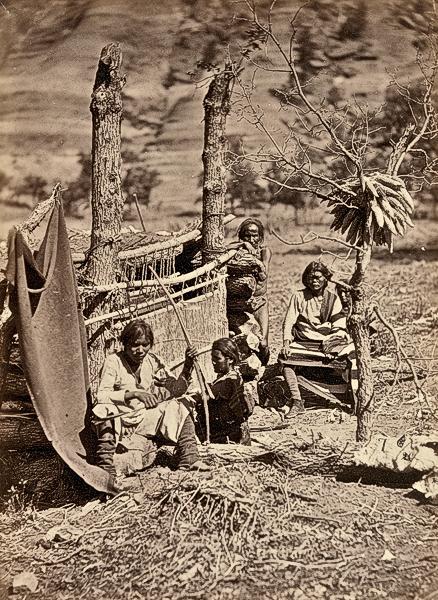
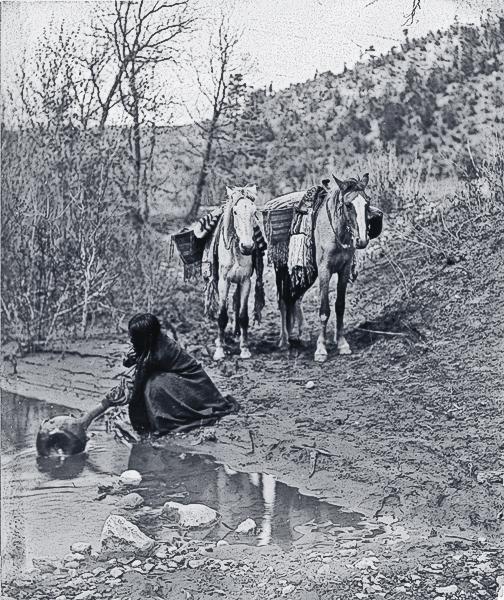
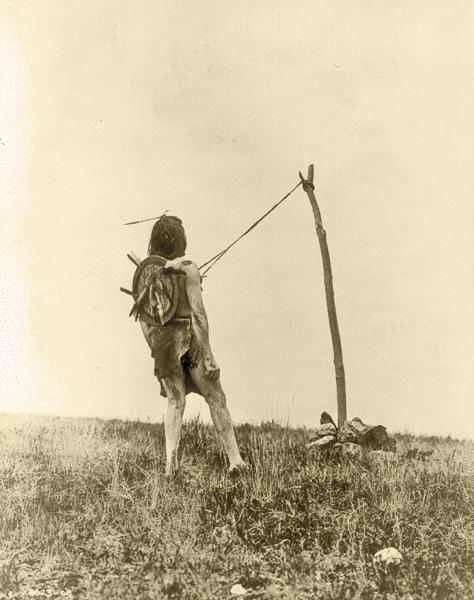
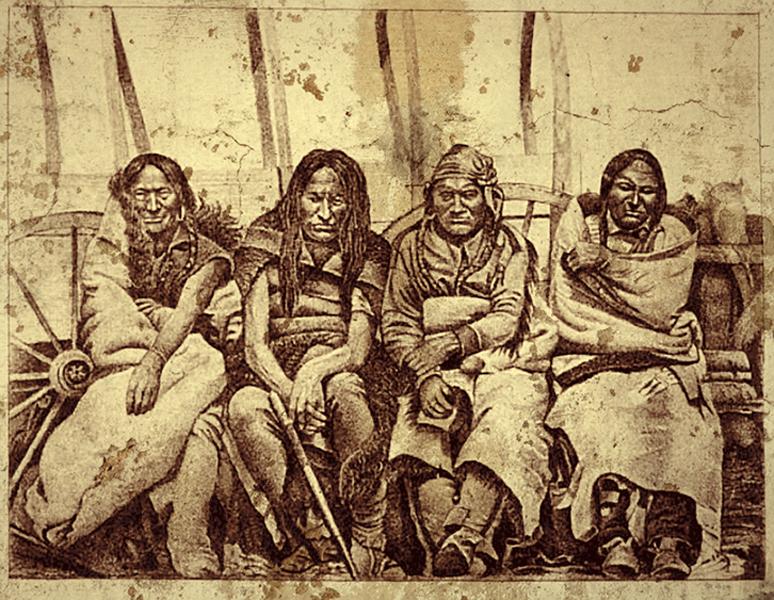
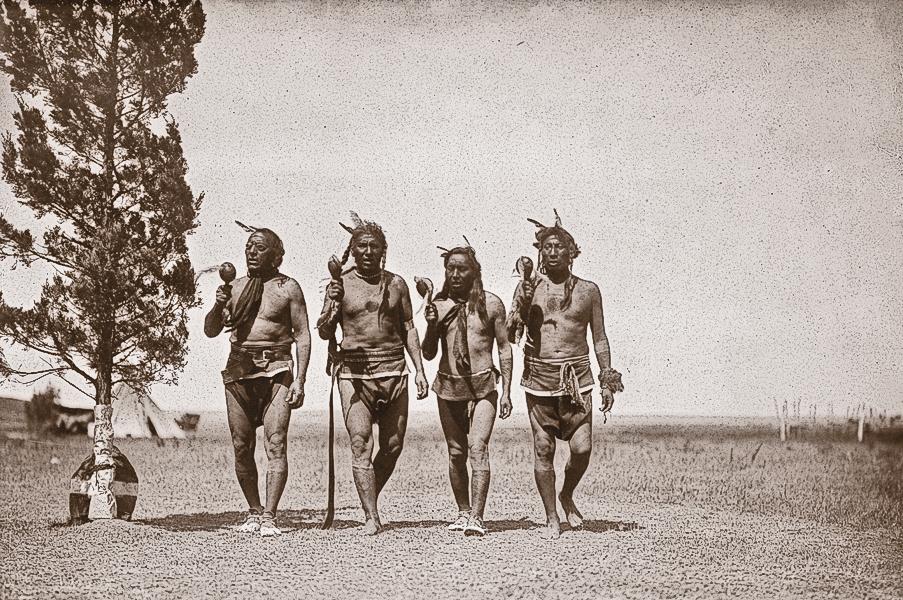
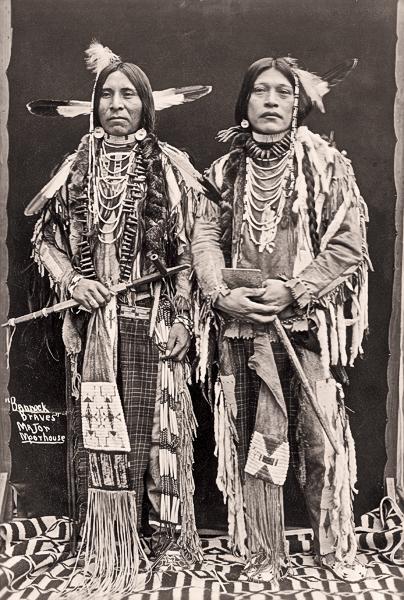
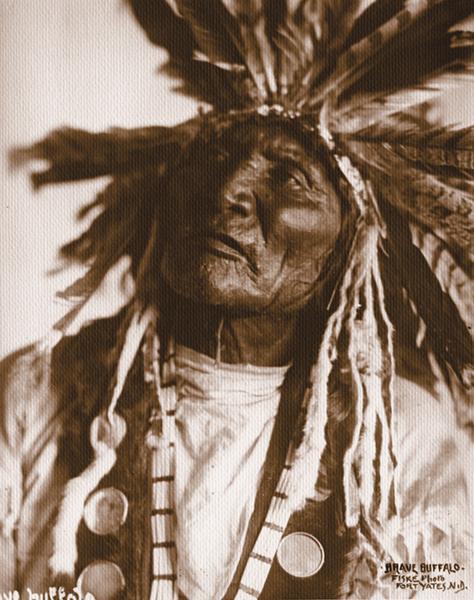
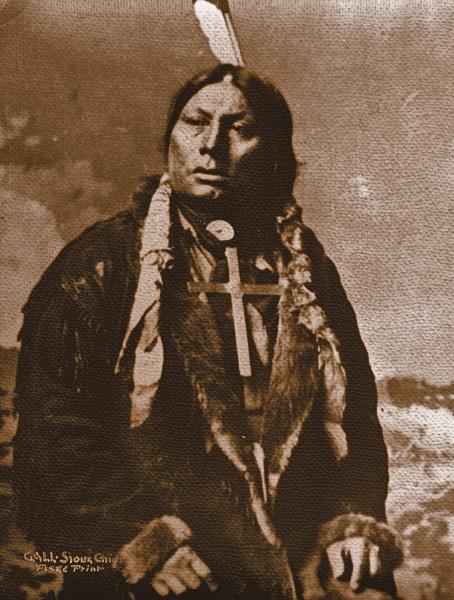
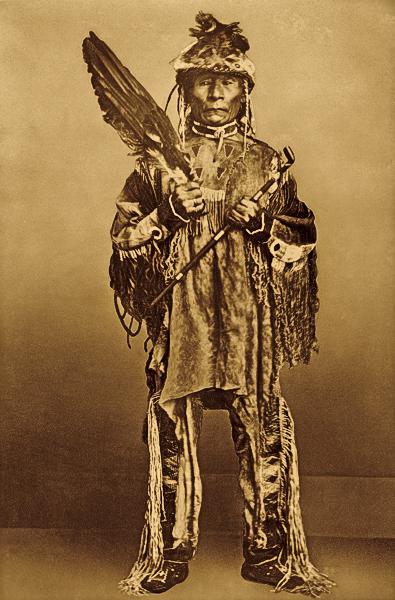
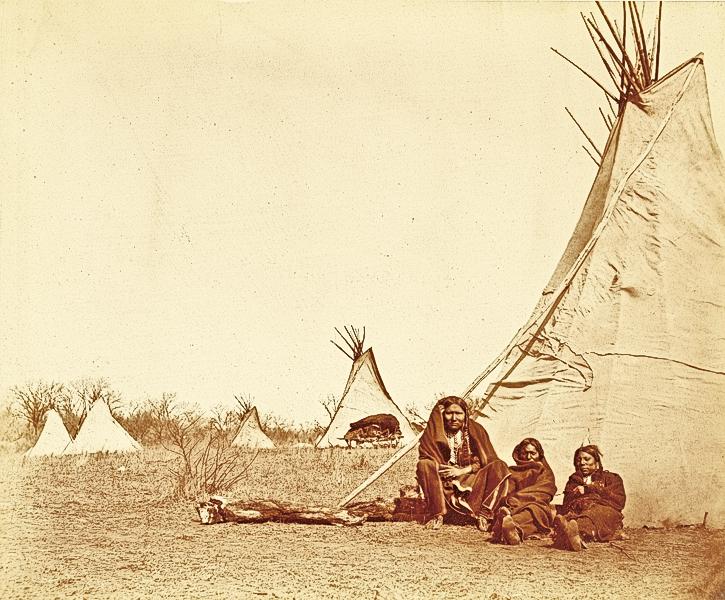
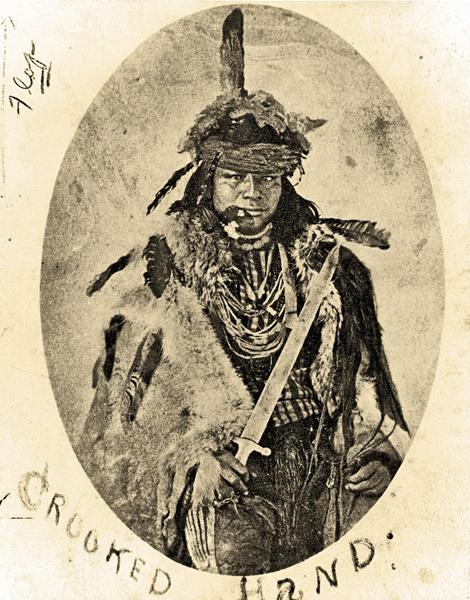
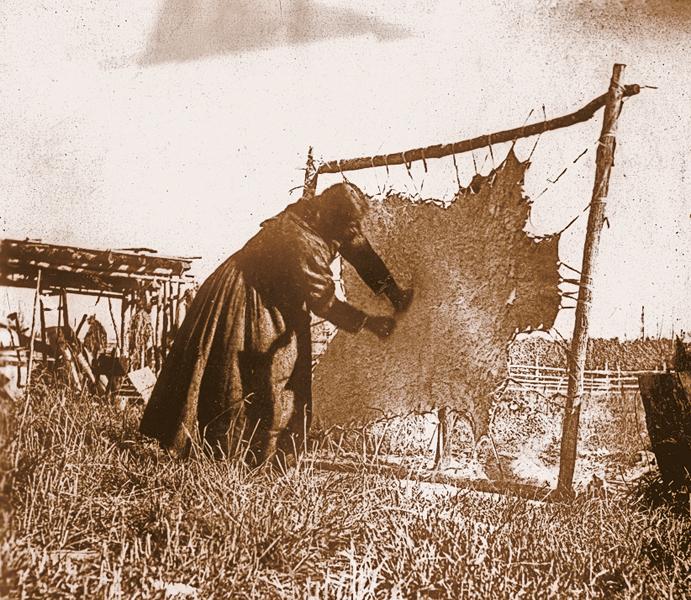
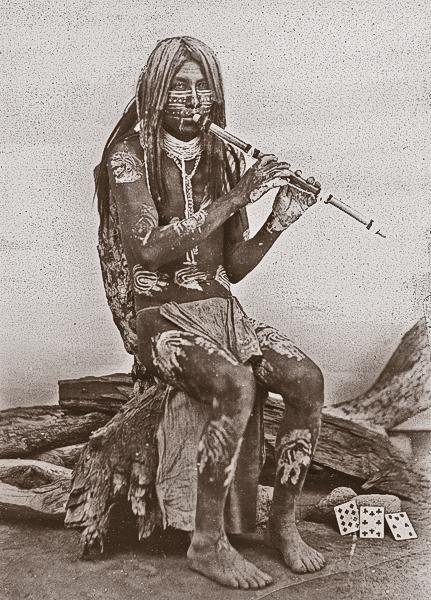
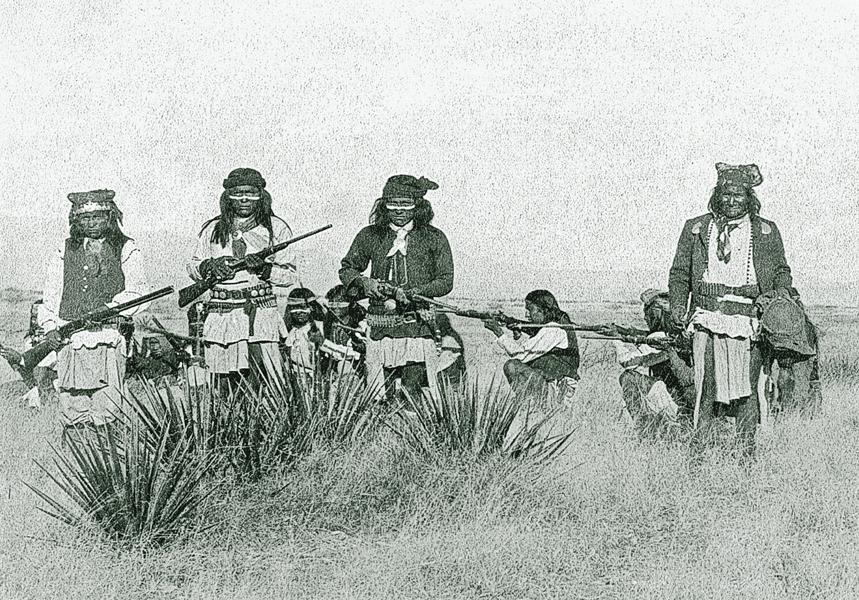
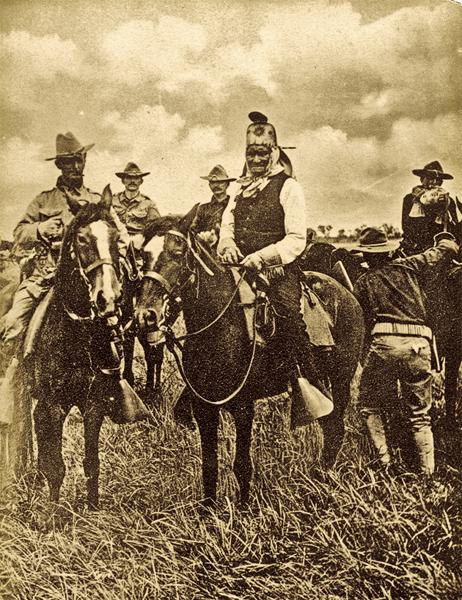
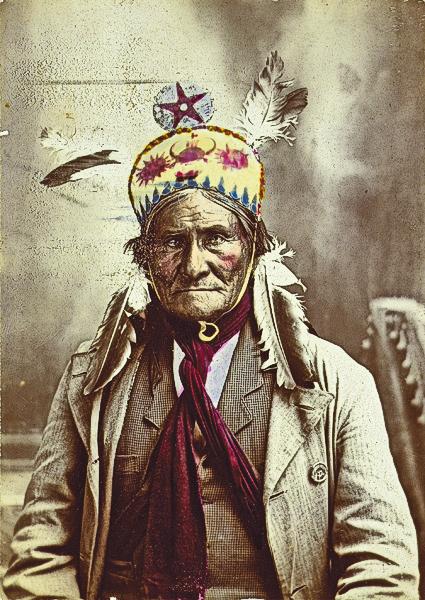
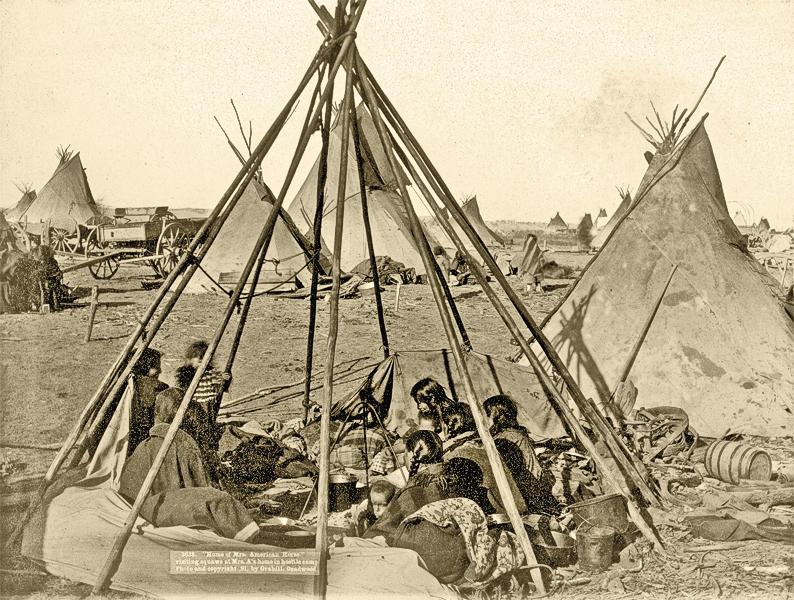
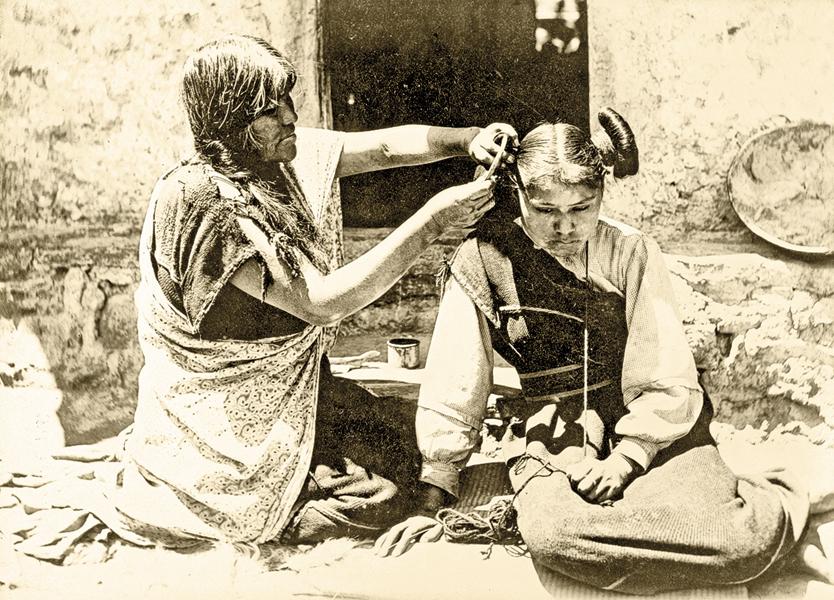
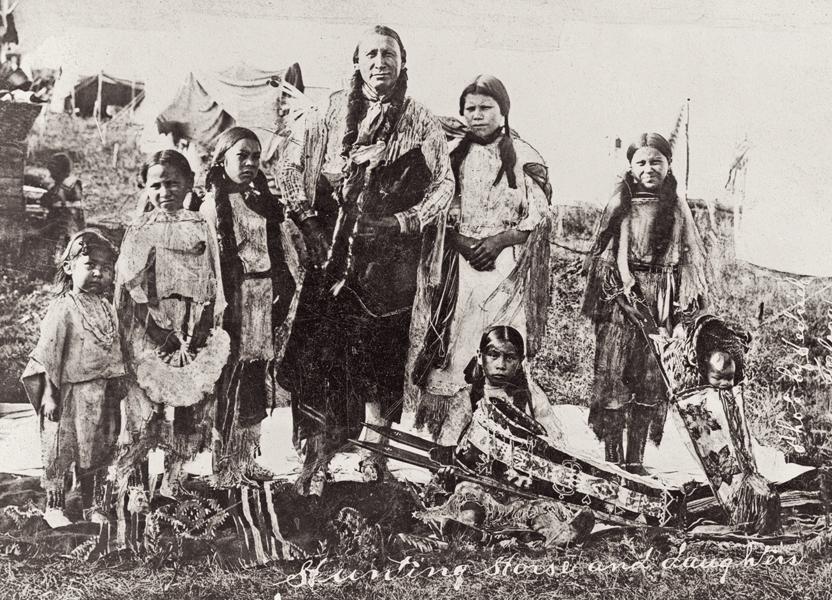
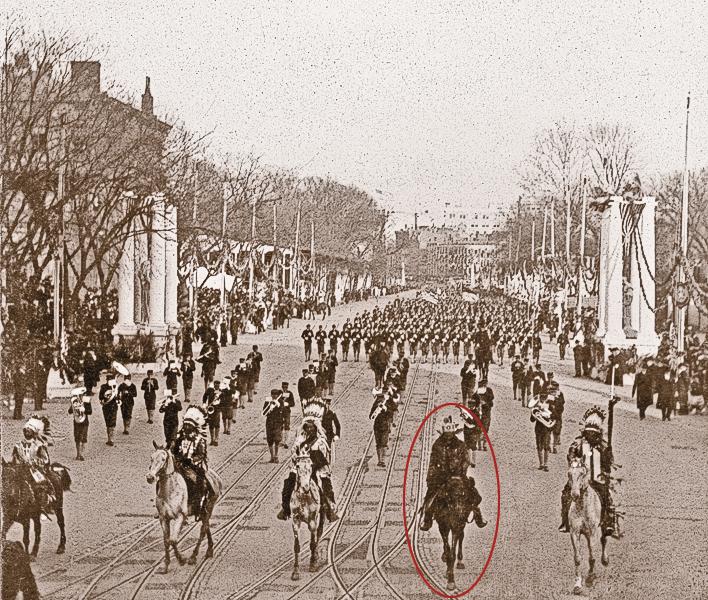
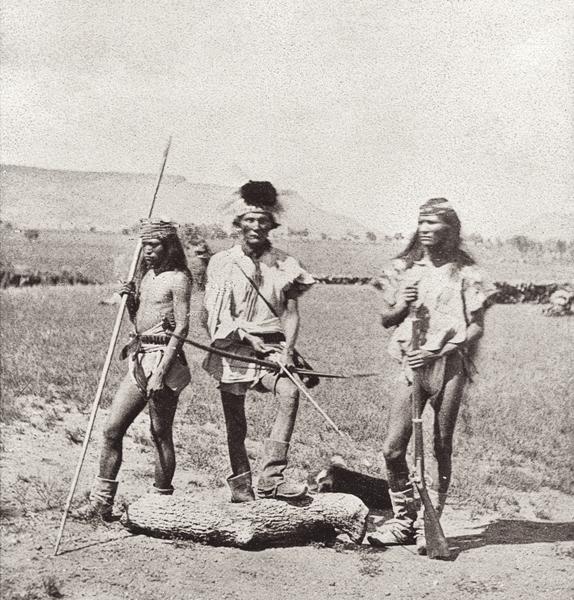
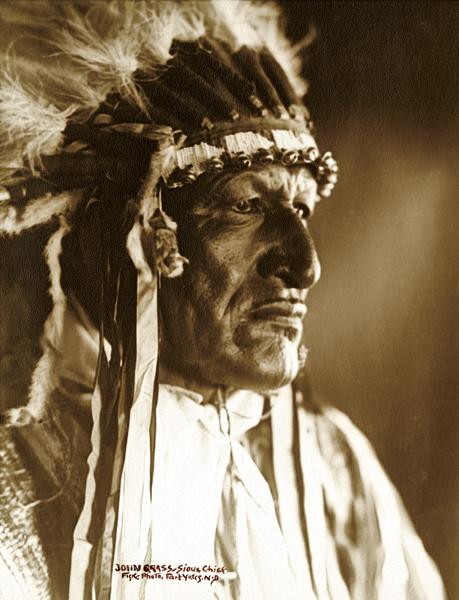
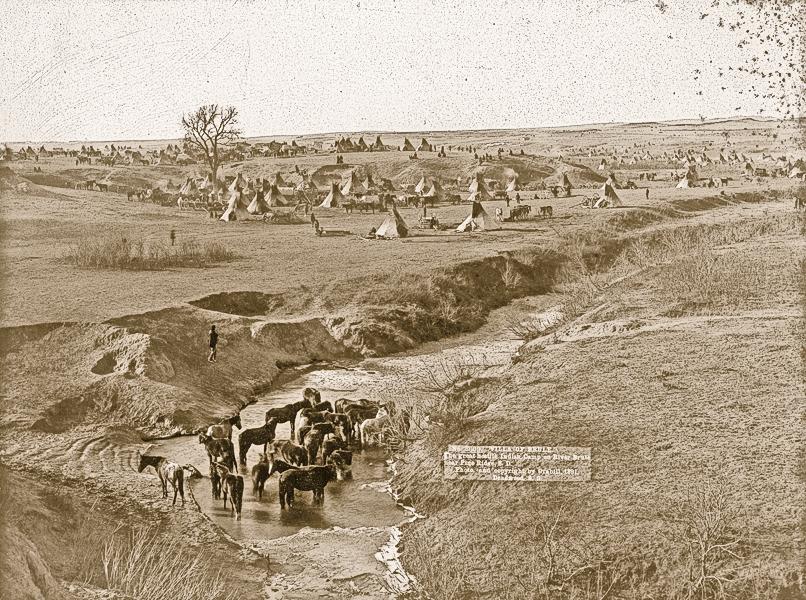
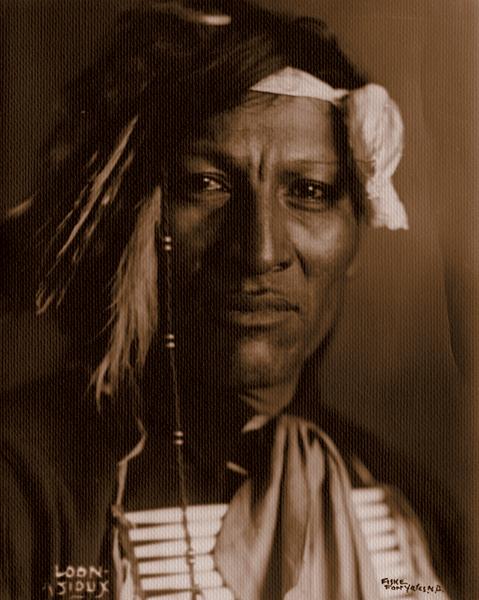
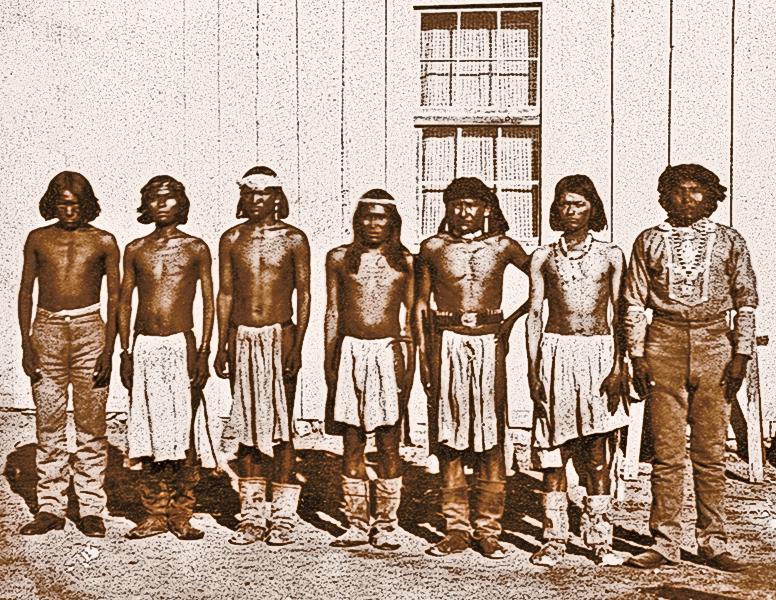
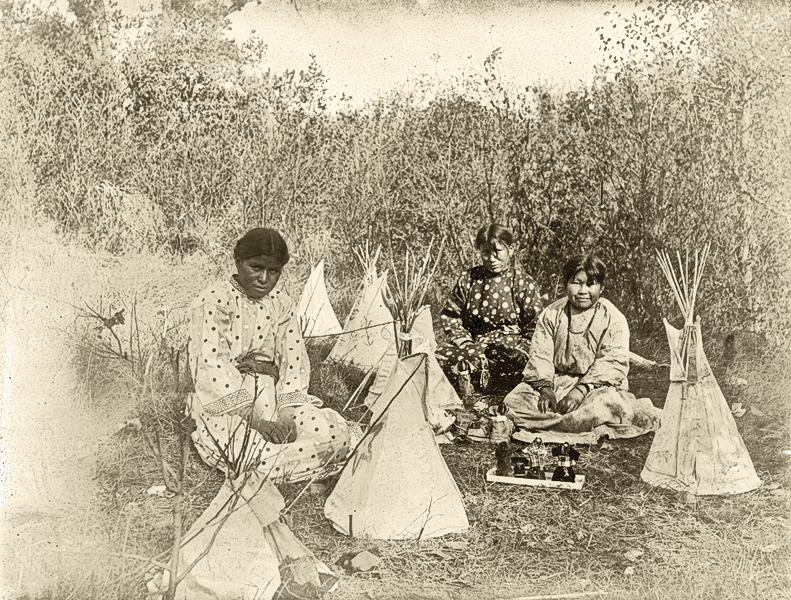
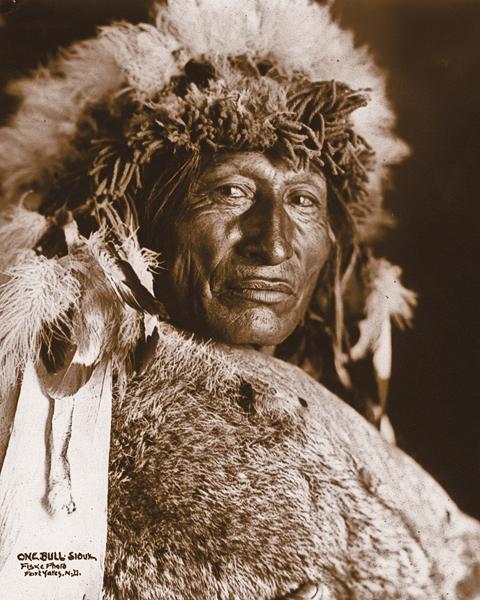
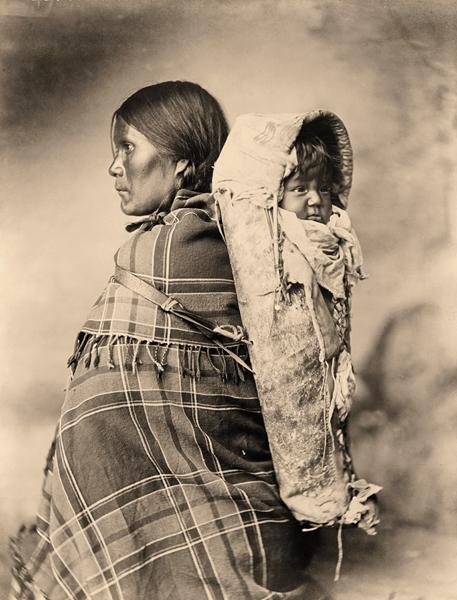
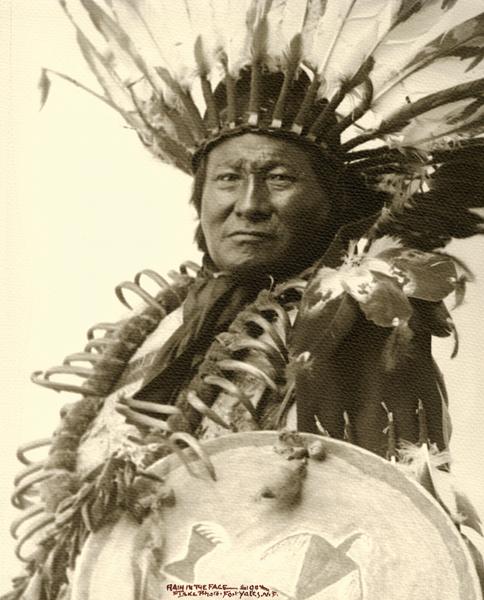
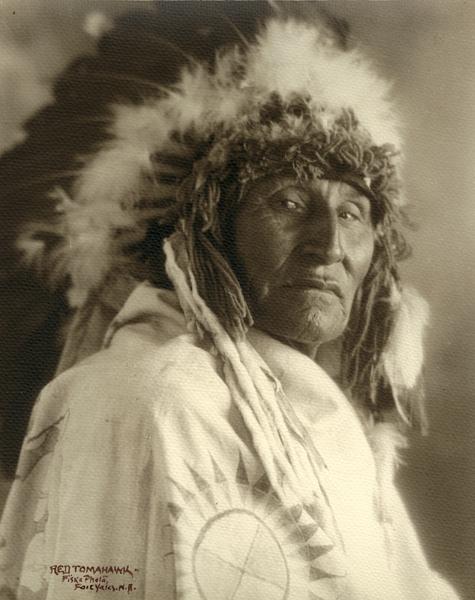
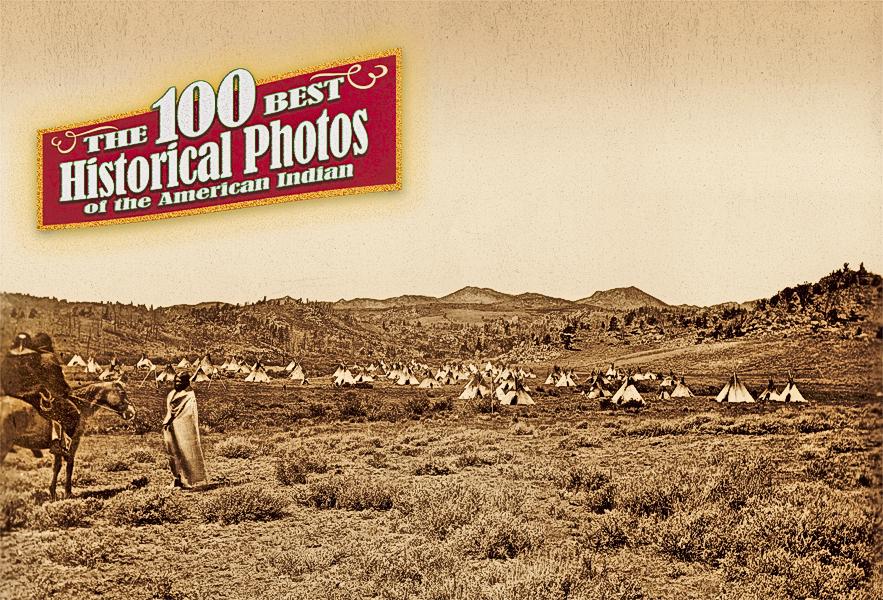
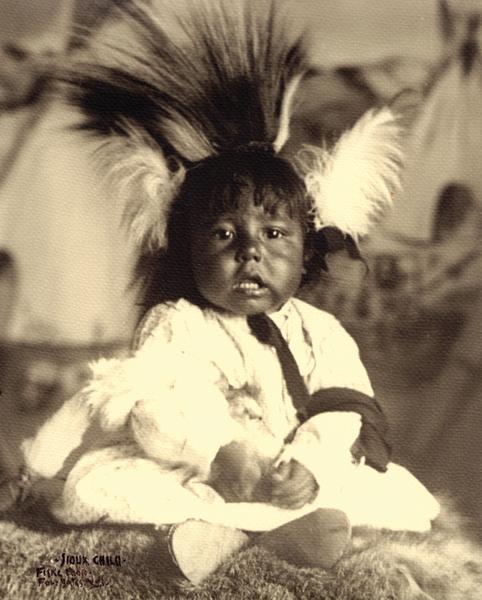
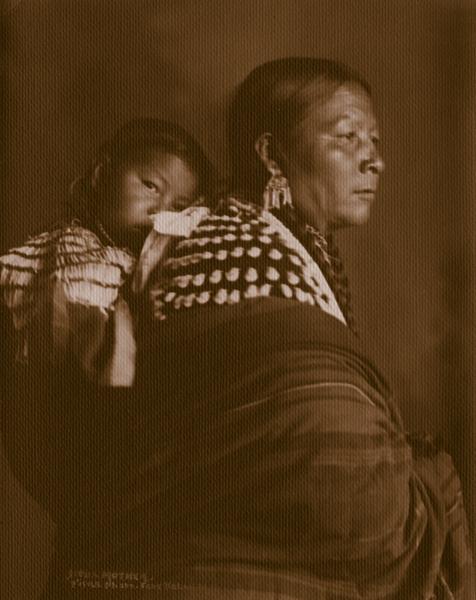
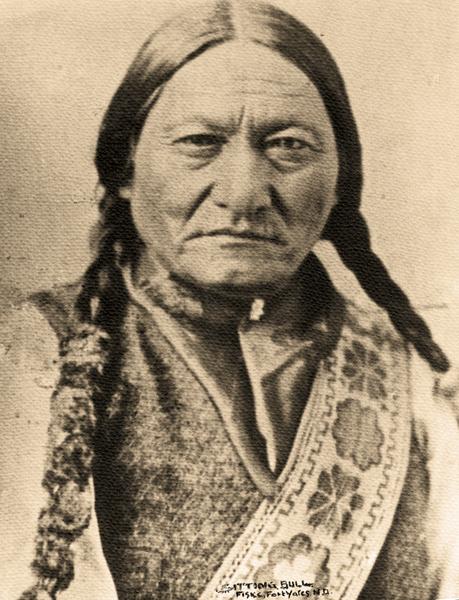
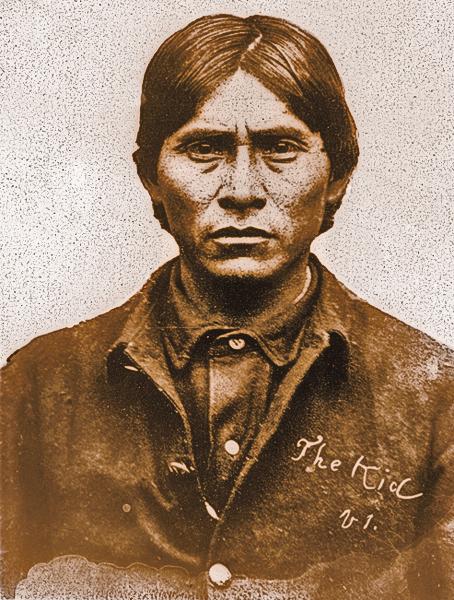
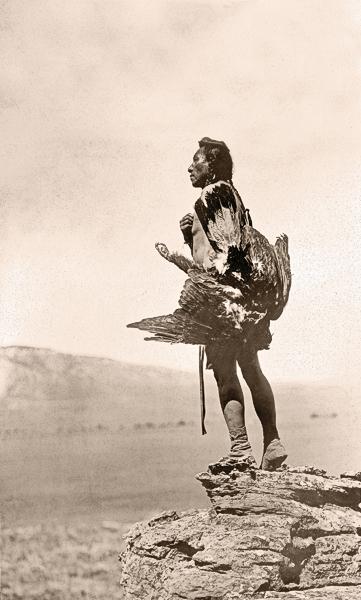
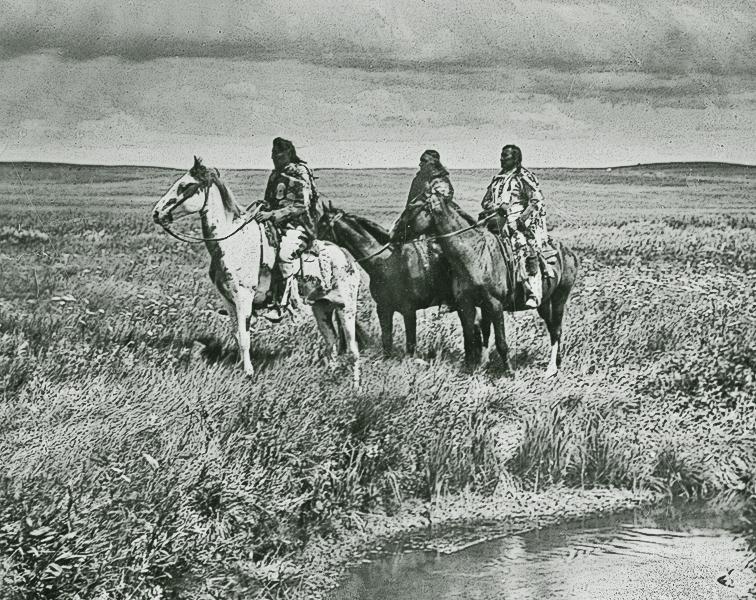
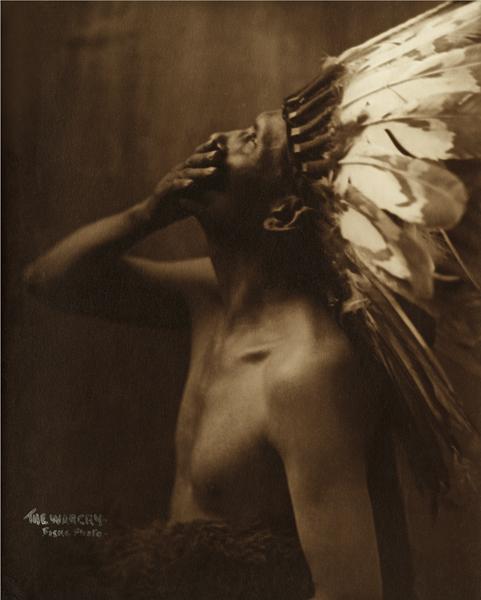
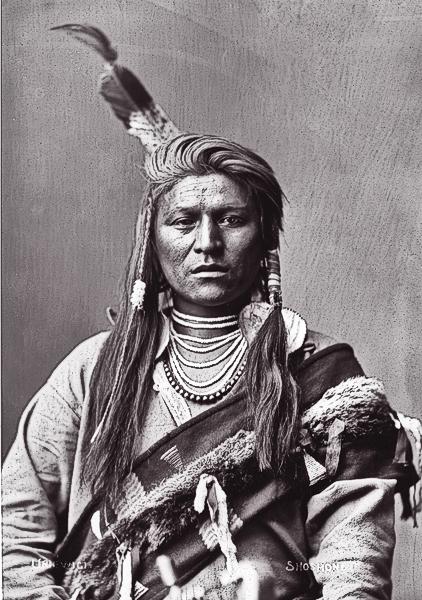
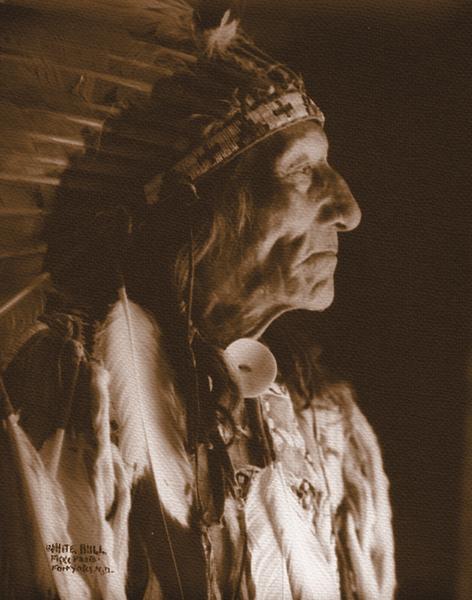
No hay comentarios:
Publicar un comentario